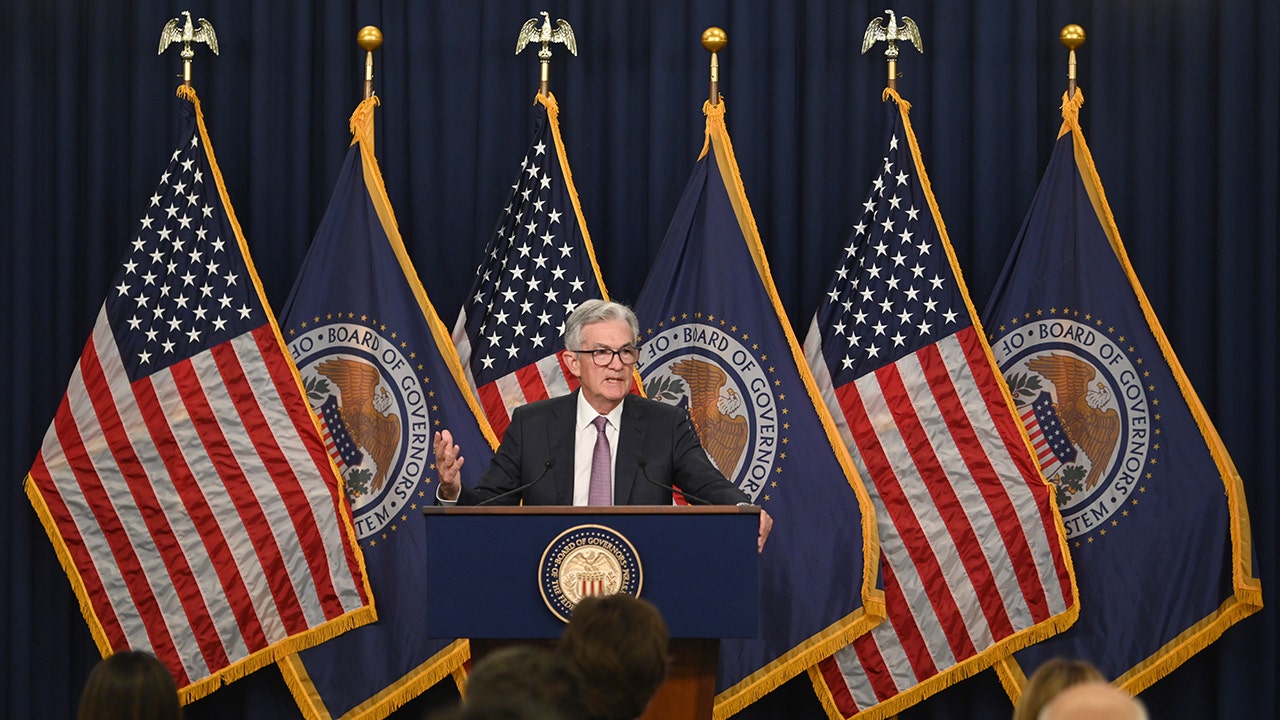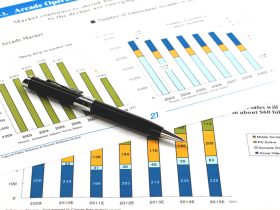The Federal Reserve on Wednesday held interest rates steady for the second time this year, pausing its tightening campaign to assess how the economy is faring in the face of higher borrowing costs.
The widely expected decision left interest rates unchanged at a range of 5.25% to 5.5%, the highest level since 2001. But policymakers also left the door open to an additional increase before the end of the year – and indicated that rates are likely to remain at peak levels longer than previously expected.
New economic projections laid out after the meeting show that a majority of Fed officials who participated in the meeting expect rates to rise to 5.6% by the end of 2023, suggesting one more quarter-point increase this year. The Fed meets two more times this year, in November and December.
“We’re prepared to raise rates further, if appropriate, and we intend to hold policy at a restrictive level until we’re confident that inflation is moving down sustainably toward our objective,” Chairman Jerome Powell told reporters at a post-meeting press conference in Washington.
FED SKIPS AN INTEREST RATE HIKE, BUT HIGH MORTGAGE RATES COULD BE HERE TO STAY
The central bank is projecting a peak rate of 5.6%, indicating that policymakers believe there is still more work to be done to wrangle inflation under control. Twelve of the 18 policymakers predicted one more quarter-point rate hike, while six supported keeping rates unchanged.
The quarterly forecasts indicate the U.S. central bank will not cut interest rates until 2024, to a rate of about 5.1%. By comparison, in June, Fed officials anticipated they would lower borrowing costs to 4.6% next year.
Policymakers have raised interest rates sharply over the past year, approving 11 rate increases in the hopes of crushing inflation and cooling the economy. In the span of just one year, interest rates surged from near zero to above 5%, the fastest pace of tightening since the 1980s.
Hiking interest rates tends to create higher rates on consumer and business loans, which then slows the economy by forcing employers to cut back on spending. Higher rates have helped push the average rate on 30-year mortgages above 7% for the first time in years. Borrowing costs for everything from home equity lines of credit, auto loans and credit cards have also spiked.
Despite the rapid increase in rates, the economy has proven surprisingly resilient.
The labor market is continuing to chug along at a healthy pace, with employers adding 187,000 new workers in August. Job openings remain high, although the unemployment rate recently ticked up to 3.8% from 3.5%.
The fresh forecasts laid out Wednesday illustrate that most central bankers anticipate the jobless rate will hold steady at 3.8%, lower than their previous 4.1% estimate. Officials predict that more Americans will be out of a job next year, when the unemployment rate is expected to hit 4.1%. That is also down from the 4.5% policymakers predicted in June.
This is a developing story. Please check back for updates.
Read the full article here












Leave a Reply